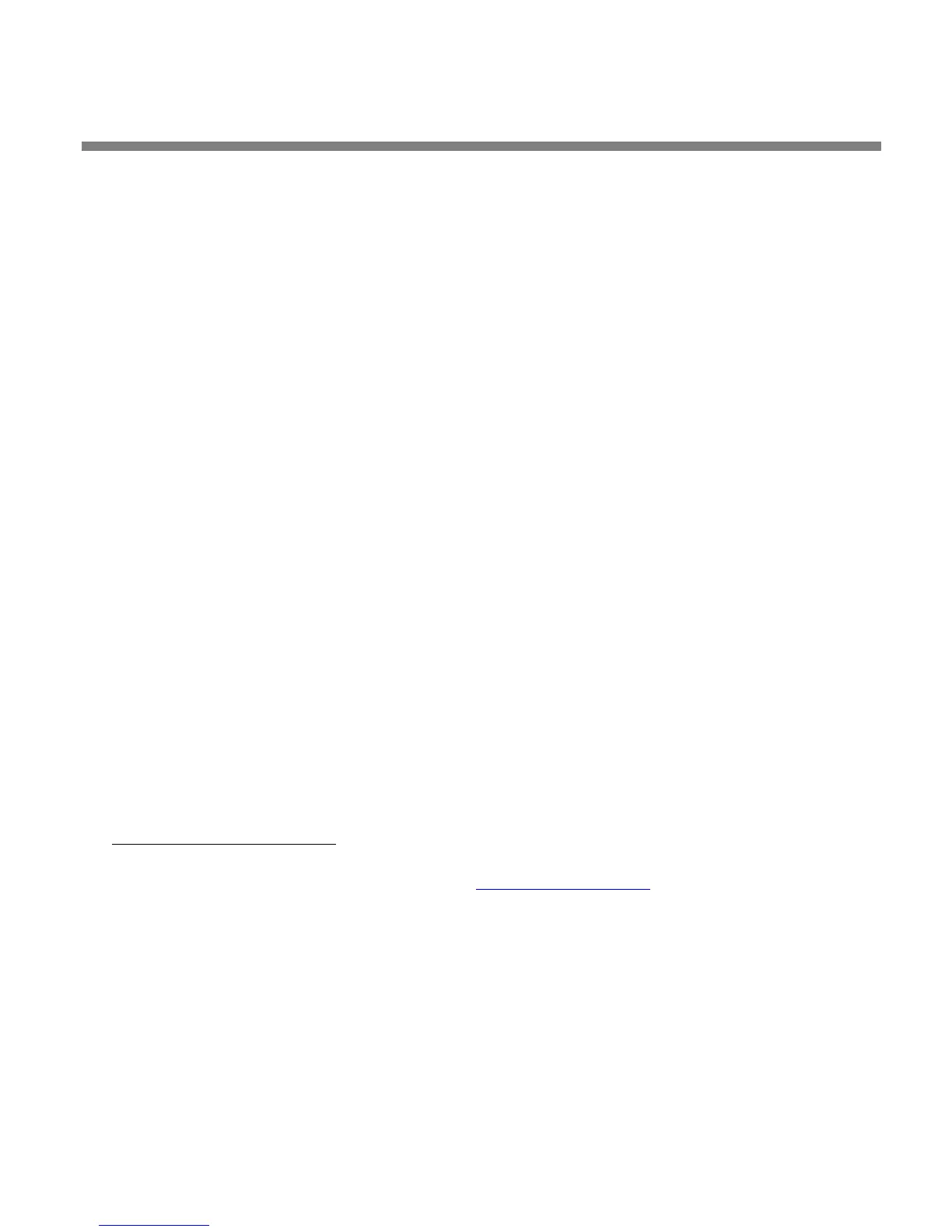OPTIMOD SURROUND PROCESSOR OPERATION
3-79
processing chain of an Optimod-Surround 8685 processor, set for normal operation
using its TV 5B GEN PURPOSE preset. The digital output of the processor was applied
to the digital input of an Orban 1101 soundcard, which was adjusted to pass the au-
dio without further processing and to apply it to an Orban software-based loudness
meter
4
that simultaneously computes the BS.1770 loudness and CBS loudness. The
first 750 seconds of the program material were a daytime drama with commercial
and promotional breaks, while the remainder was local news, also with commercial
and promotional breaks.
BS.1770 meter was adjusted to produce a 10-second integration window in which,
per the BS.1770 standard, all data are equally weighted. The CBS Loudness Gain con-
trol was set to +5.5 dB. Data were logged every 10 seconds and included the maxi-
mum meter indication produced by both the BS.1770 and CBS meters in each 10-
second interval. This produced a total of 163 data points, which were imported into
a scientific plotting application (PSI Plot).
Results
Figure 3-3 on page 3-79 shows the results as a function of time for both meters. The
peak CBS readings fit within a ±2 dB window. The BS.1770 readings also fit within a
±2 LKFS
5
window except for three short intervals. These intervals correspond to dia-
log without background music and in the author’s opinion illustrate a weakness in
the version of the BS.1770 algorithm current at this writing
6
. Television dialog con-
tains inter-syllable pauses, pauses for breath, and sometimes pauses for dramatic ef-
fect. The ATSC Recommended Practice describes the problem as follows
7
:
Because the measurement of loudness per BS.1770 is an integrated
measurement, quiet passages tend to lower the measured value. To avoid
this, the integration may be paused during quiet passages. Automatic
triggering, hold and resume, generally called “gating”, is being studied
by some organizations including the ITU-R, and gating may be added to
BS.1770 in the future. Some equipment may offer gating as a feature. As
yet, there are no standards for gated loudness measurements. Users
should utilize the current version of BS.1770 for measurements.
Figure 3-3: Peak output of meters in each 10-second interval as a function of time
4
This software is available for free download at http://orban.com/meter/. However,
the free version of the software does not support the logging functions that the au-
thor employed to acquire data for the figures in this paper.
5
In the BS.1770 standard, measured loudness is reported as LKFS. A unit of LKFS is
the same measure as a decibel. A –15 LKFS program can be made to match the
loudness of a quieter –22 LKFS program by attenuating it by 7 dB.
6
Since this white paper was written, the EBU published its R 128-2010 algorithm,
which incorporates silence gating.
7
ATSC A/85:2009, Section 5.2, p. 15
